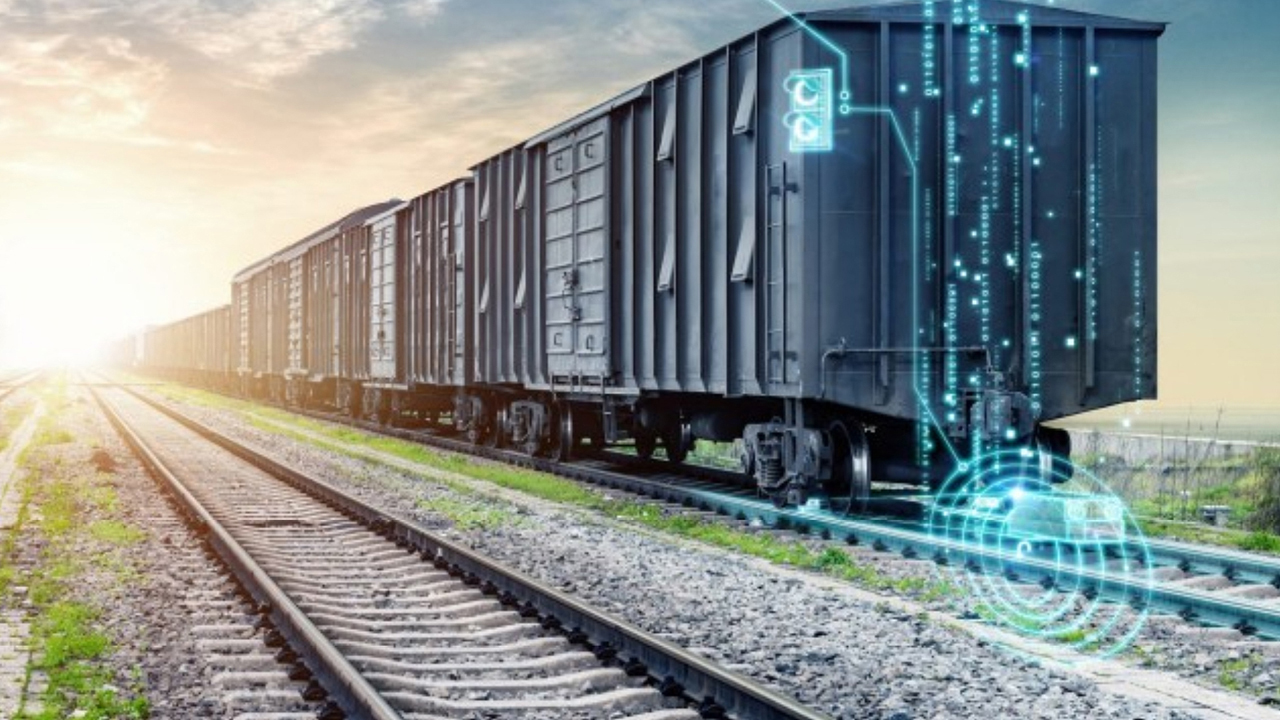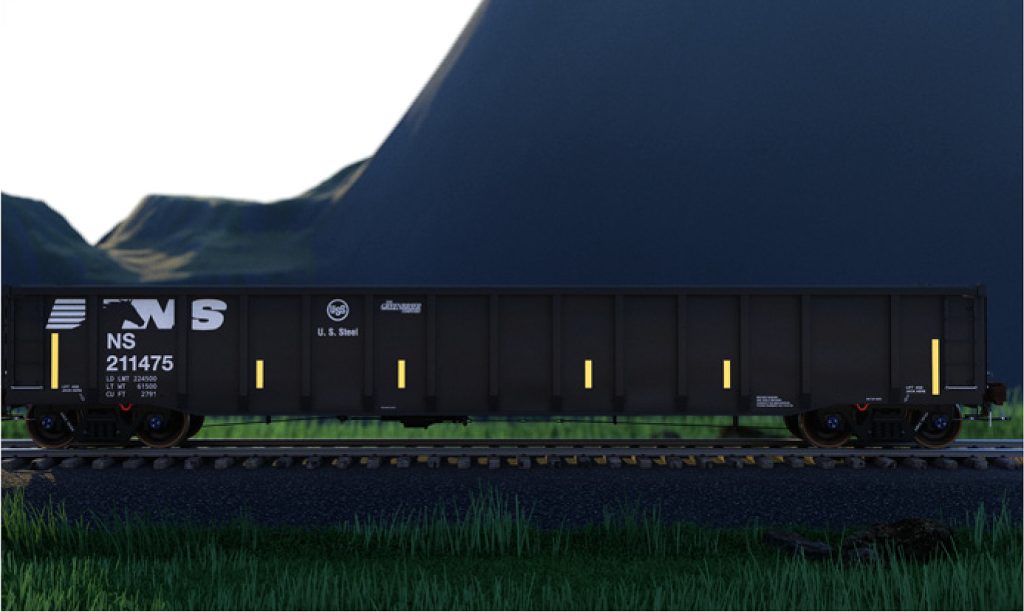
First Thing We Do Is Automate All the Trains
Written by David Nahass, Financial Editor
FINANCIAL EDGE, JANUARY 2022 ISSUE: It might be the meme of all memes, at least for the COVID-19 pandemic: Al Pacino’s iconic “Just when I thought I was out, they pull me back in!” right before collapsing from a diabetic stroke, sums up what Omicron feels like (collapse included).
Just when it felt like the U.S. could be getting its grip on Delta, Omicron has turned the world upside down. That is unless one lives in some segments of South Korea, where they make a fetish of commodities and joining the queue to buy a $9,500 Chanel purse at 5 a.m. is more important than any stinking virus.
The pandemic continues to offer the opportunity to take a very Zen-like approach in contemplating the future of North American rail. Reporting on the supply chain disruptions has yielded multitudinous articles on increasing rail volumes, reducing locomotive emissions and autonomous train operations.
One often baffling thing for the industry veteran is the casual approach of industry “outsiders” to the perception of change in North American rail, which is a bit of an anomaly. Change is a slow word. So when The Wall Street Journal publishes claptrap on its website such as “How to Move More Goods Through America’s Clogged Infrastructure? Robot Trains,” one wonders why perceptions around North American rail are so disconnected from reality.
The notion that productivity and safety improvements are as easy as replacing locomotive engineers with autonomous technology is generally ludicrous. To the casual observer, it suggests that autonomous reorientation of rail traffic is as easy as ordering a Tesla. Wrapped in the Journal’s masthead, this becomes business clickbait: The solution to all our supply chain problems is right here and right now!
It isn’t until about 1,100 words into the article before the oops! moment: “Most autonomous trains are built on new and dedicated tracks they do not have to share with other, human-controlled trains.” Come again? It makes building track sound like rolling out a mat in the garage to cover a leaky oil pan. In any case, such autonomous trains are automated rail transit, not freight. One would think the Journal’s editors couldn’t possibly be that dumb? Think again.
This is not to say that autonomy in North American freight rail will never happen. The building blocks of autonomy start with PTC, or as reported by Railway Age, PTC 2.0. Roughly a year ago (February 2021), BNSF received a patent for a virtual track block system that would effectively create moving-block train control. Migrating to a technology-based, vehicle-centric virtual system that eliminates traditional fixed blocks will allow for closer train spacing, increased productivity and safer operations. It could eliminate wayside signals, decreasing maintenance costs. In other words, BNSF has positioned itself to be the purveyor of next-gen traffic management tech.
The application of a virtual block system is a plan for the future. Frankly, at today’s loadings levels, it is unnecessary, since the fixed-block system we have continues to operate at much less than maximum capacity.

A more immediate application of technology was announced in December 2021 when Greenbrier announced a partnership with U.S. Steel and Norfolk Southern (above) to build a mill gondola railcar out of a steel alloy that can reduce the total car weight by 15,000 pounds! Chances are these cars will be made from an alloy developed by NanoSteel, whose patents U.S. Steel acquired in March 2021. The impact of taking 20% of the weight of the car is customer- and railroad-friendly. It is available now.
The lesson here is the same, however: 1.6 million railcars in North America and 50 years is a long time. Railcar vibrations are relentless. Loading and unloading procedures for railcars (especially mill gons) often involve heavy machinery banging the sides and ends of the car (to the chagrin of car owners). Repairing a car made of unique materials might be difficult if body work must utilize the new alloy. So, while applauding the venture to improve mill gon capacity and overall efficiency, secular change in railcar body steel is, more than likely, a future event. It will be interesting to see the performance data when these cars start commercial operation.

It might take a program like the RAILCAR Act (so 2020!) for sweeping change. It will also take input from the FRA to determine if the new alloy can be used in tank car construction.
Technology and North American rail often feel at odds. Technology is inevitably coming, albeit at a slow pace, to an industry that has often been a contentious objector. So, blink all you want—you probably won’t miss it. In fact, you probably have time to get in line at the Chanel store and score yourself a purse. Try arriving at 4:45 a.m. for the best selection.
Got questions? Set them free at [email protected].



